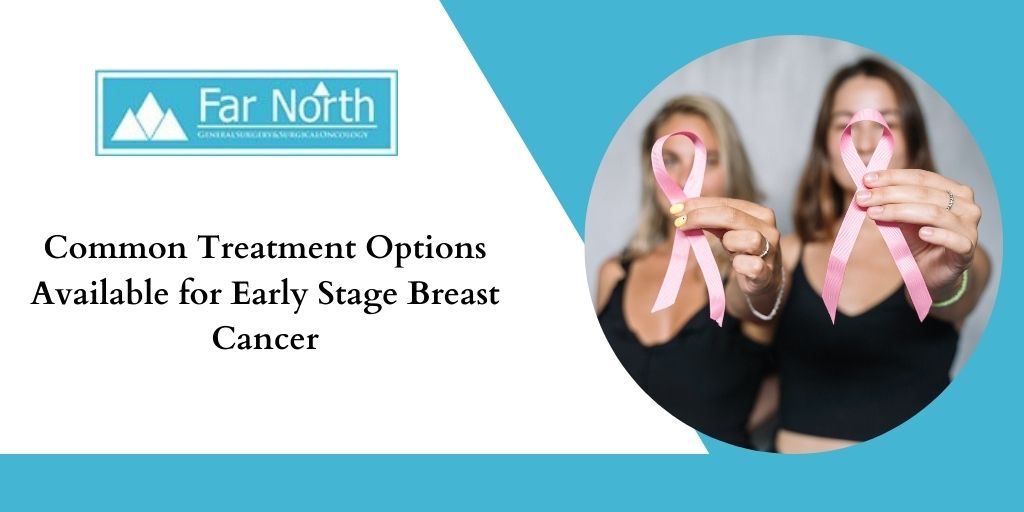


For women suffering from breast cancer, several treatment options can be considered depending on the stage of cancer. Other deciding factors include:
Women with stage I to III breast cancer are likely to be treated with drug therapies such as chemotherapy, hormone therapy, HER2 targeted drugs, a combination of all mentioned therapies, surgery, and radiation.
In stage I breast cancer, which is an early stage, cancer has not yet spread beyond the surrounding breast tissue. However, if it has spread that would be to just a tiny area in the lymph node. Although several options are available for stage 1 breast cancer treatment, surgery is usually the primary option.
Since the cancer is still in its earlier stages and the tumor is still small, the doctor may decide to perform a lumpectomy (or partial mastectomy) wherein just the tumor and its surrounding tissue are removed, thereby allowing the patient to retain most of the breast. In some cases, the doctor may decide to perform a mastectomy, wherein the entire breast is removed.
The surgery, especially a lumpectomy, is often followed by radiation therapy. Also known as radiotherapy, this treatment option uses high-energy rays to kill any remaining cancerous cells in the breast or in the lymph nodes under the arm. In some cases, women who get a mastectomy may need radiation therapy too, depending on the extent of cancer and the size of the tumor. For women over the age of 70 with hormone receptor-positive tumors, radiation therapy is sometimes not recommended.
Chemotherapy is usually prescribed as a combination treatment alongside other treatments like hormone therapy. It essentially destroys cancer cells with the help of anti-cancer (cytotoxic) drugs. These drugs circulate in the bloodstream and disrupt the cancer cells from growing. After surgery, chemotherapy is used as an adjuvant therapy to reduce the risk of cancer spreading to other parts of the body and recurring in the future. Chemotherapy is also likely to be prescribed before surgery, where it is known as neoadjuvant therapy. The aim of this therapy is to shrink the size of a large tumor so that the patient may be able to have a lumpectomy instead of a mastectomy or decrease the burden of axillary surgery.
If you are searching for the best breast cancer treatment near Anchorage, get in touch with our experts at Far North Surgery. We have some of the most competent and qualified surgeons to offer the best and most affordable treatment options possible.